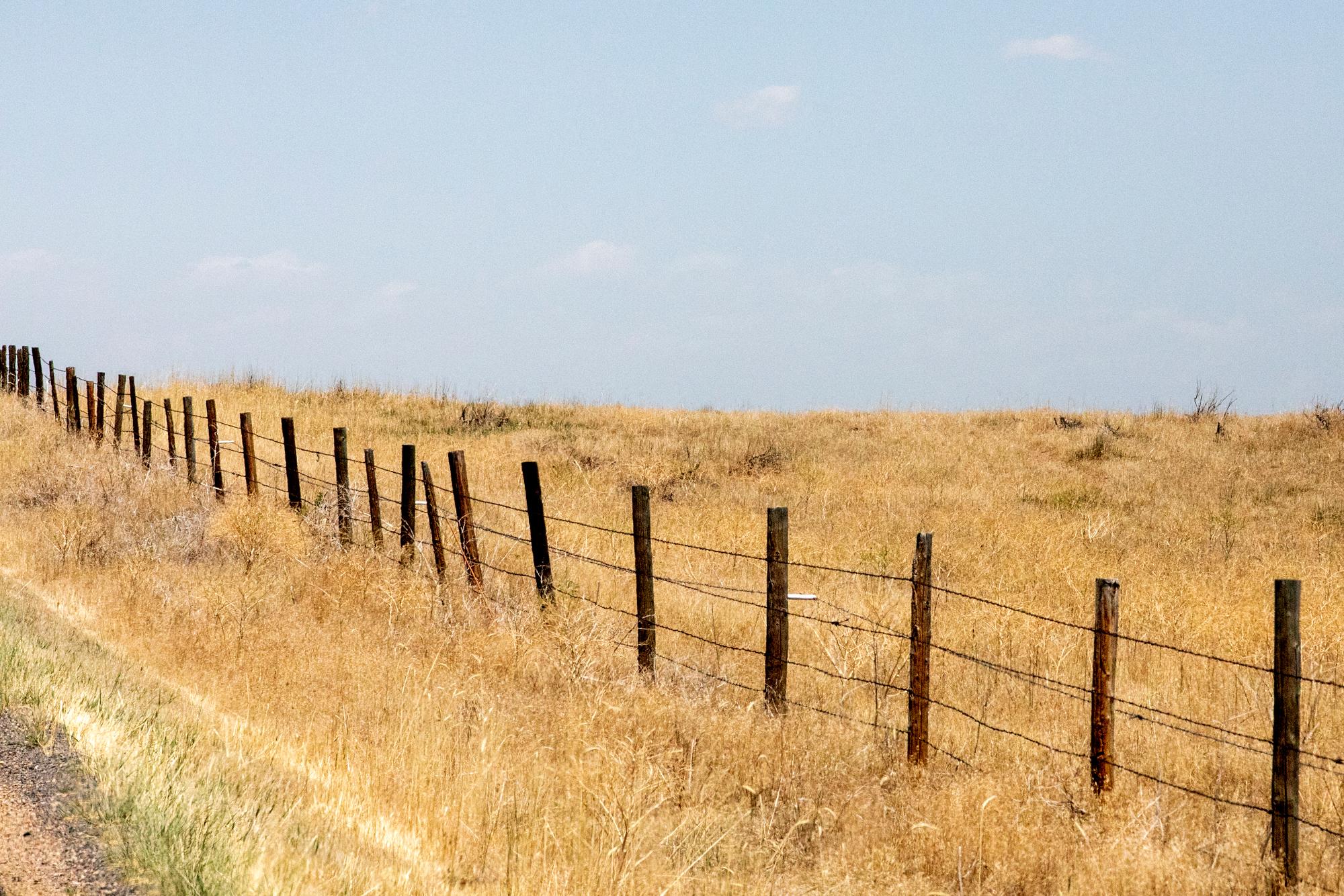
The child poverty rates in counties across Colorado are slowly dropping after spiking during the Great Recession.
New U.S. Census Bureau data released on Wednesday shows little movement from 2012 to 2013 in the child poverty rate for 44 of Colorado's 64 counties. Only four counties saw increases of at least two percentage points: Alamosa, Dolores, Fremont and Hinsdale.
But the rate fell by at least two percentage points in 16 counties. The biggest decreases, of at least four percentage points, were in Mineral, El Paso, Adams, Conejos and Saguache. And Douglas County had the second-lowest rate in the nation at 3.8 percent.
"We feel cautiously optimistic that after a lot of years seeing the data trend in a bad direction, we're finally starting to see some positive news," said Sarah Hughes, research director at the Colorado Children's Campaign.
Colorado State Demographer Elizabeth Garner said in an email that the gradual drop can be attributed to two factors: First, unemployment is falling in the state. As more people get jobs, the overall poverty rate goes down -- and in turn, the child poverty rate. Second, the teen birth rate is dropping, down 40 percent from 2009 to 2013. The costs of having a child are enough to put many teens in poverty.
Compared to 2006 though, before the Great Recession, the state has a long way to go. This map shows the child poverty rate in 2006 and 2013; the darkest green indicates a child poverty rate of at least 20 percent. Lighter colors indicate a lower rate. Click here for a zoomable version.

According to data published in September, the statewide child poverty rate dropped 1.6 percentage points last year for the first time since 2008. At that rate, it'll take about four years for the statewide child poverty rate to drop below pre-recession rates.
"We still have a lot of need in Colorado," Hughes said. "We still have that sense of urgency in thinking about ways we can support these families who are still struggling."
In Colorado Springs, where the child poverty rate dropped last year, school district spokeswoman Devra Ashby says the percentage of kids getting free and reduced lunch has actually risen since 2012.
However, the poverty rate and the federal free and reduced lunch program are two different things; a family can make up to 185 percent above the poverty line and still qualify for subsidized meals. That suggests that more kids and families are doing better, but still have a ways to go.
The data released in September, taken from the American Community Survey (ACS), is available only for states and counties with high populations. Wednesday's release covers every county and school district in the U.S. It's from the annual Small Area Income and Poverty Estimates, which augments ACS data with tax returns and other sources to provide reliable, timely estimates. Local school officials use it to decide how to allocate resources.
This story is part of our ongoing exploration of Colorado kids who are living in poverty, how it affects their lives and our common future. We'd like to hear your ideas about about what can be done about child poverty in Colorado. Share your thoughts through our Public Insight Network.









